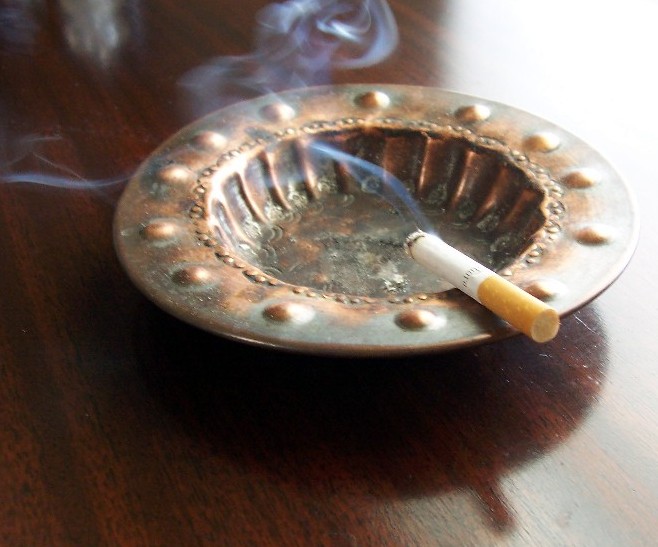When people smoke indoors, the surfaces and dust in that room become contaminated with the residue of those cigarettes. Not only is nicotine released from that dust, and in levels similar to what you’d get by smoking yourself, but new toxins are created as the cigarette byproducts age.
OK, that sounds terrible, but just how bad is it? I’m glad you asked. University of California, Riverside researchers led by Manuela Martins-Green studied the effect that THS had on mice. It was not good news.
The researchers exposed household items to SHS from a smoking machine until the particulate matter on them corresponded to that typically seen in a smoker’s house. Mice were housed in well-ventilated cages containing those items. Urine tests indicated that the mice were indeed picking up chemicals from the THS, though not as much as young children typically do by living with a smoker.
After six months, the mice had the metabolic markers of non-alchoholic fatty liver disease. This is troubling because nonalcoholic fatty liver disease is aggravated by acetaminophen, which is of course, an extremely common drug, particularly for young children.
The unfortunate THS-exposed mice also had lung damage, showed signs of being pre-diabetic, and took longer to heal from skin wounds than unexposed mice. Finally, THS-exposed mice showed signs of hyperactivity compared to controls.
All of this indicates that just because a person doesn’t smoke in front of his family doesn’t mean that they aren’t being exposed to toxins. Just living in a house where someone smokes can have a whole host of detrimental health effects. Yet another reason to quit if you possibly can.

No comments:
Post a Comment